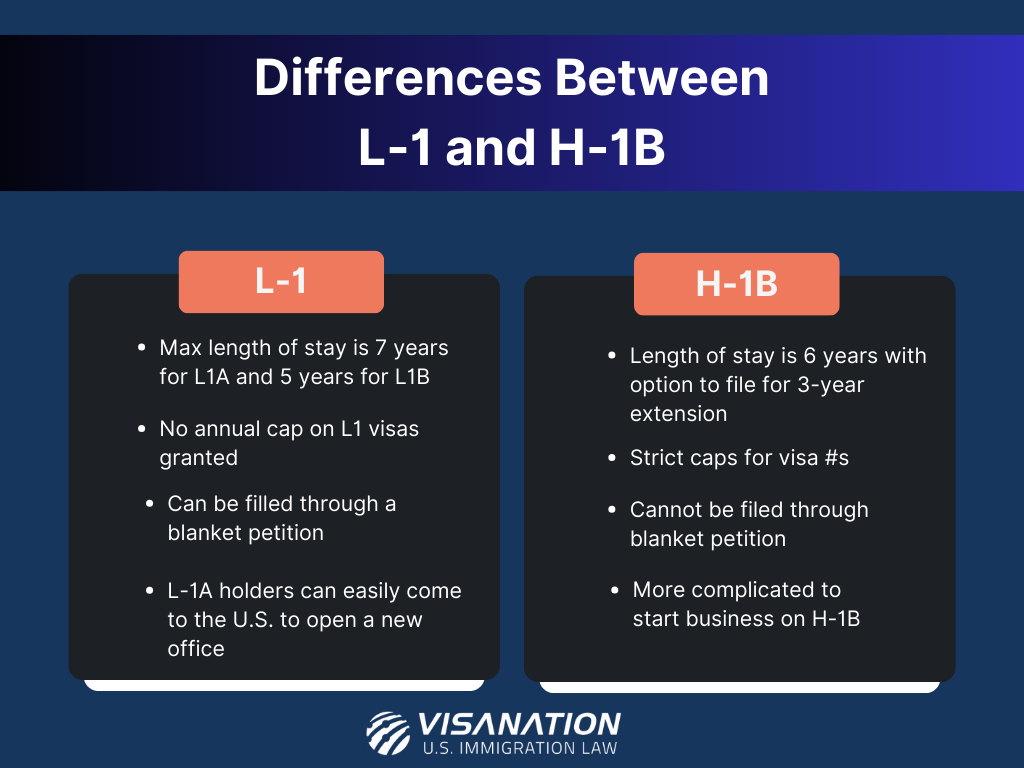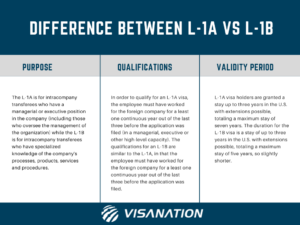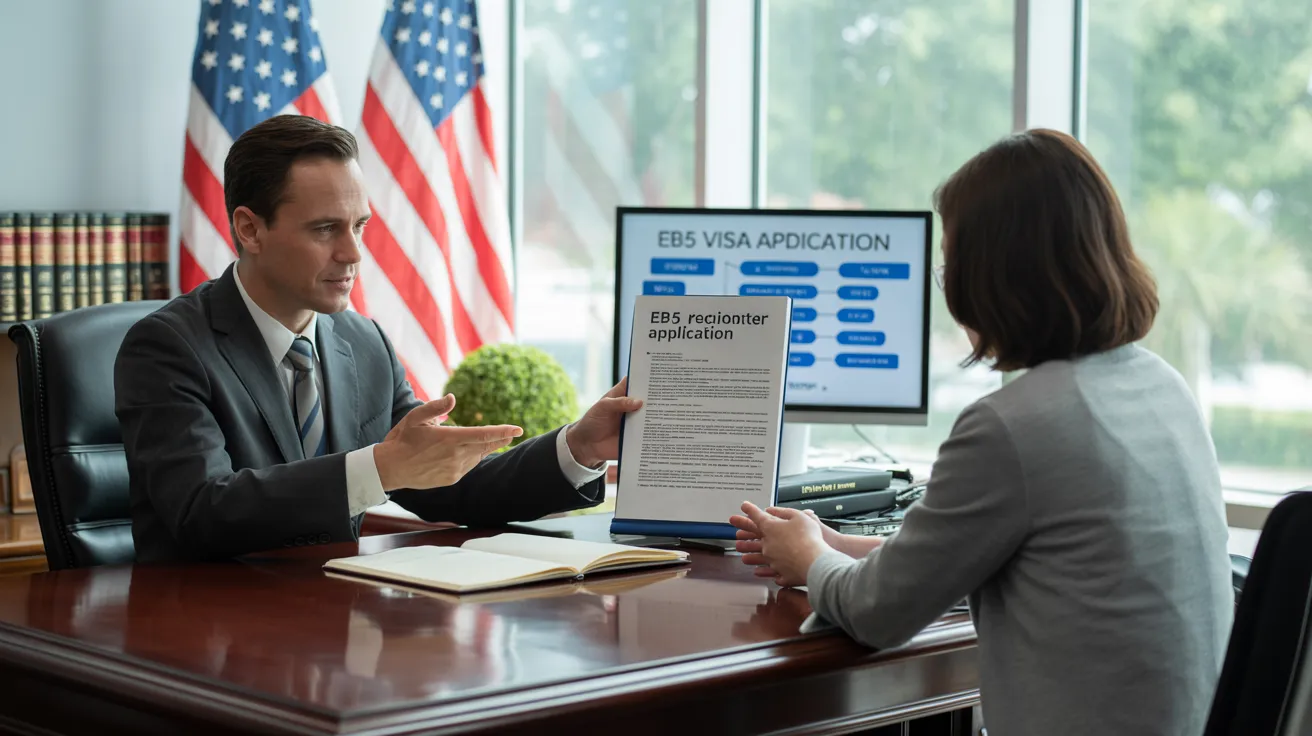A Biased View of L1 Visa
Table of ContentsAll About L1 VisaThe Definitive Guide for L1 VisaAbout L1 VisaThe Buzz on L1 VisaThings about L1 VisaGetting My L1 copyright Work
Readily Available from ProQuest Dissertations & Theses Global; Social Science Premium Collection. DHS Office of the Examiner General. Gotten 2023-03-26.
United State Department of State. Recovered 2023-02-08. Tamen, Joan Fleischer (August 10, 2013).
L1 Visa Fundamentals Explained
In order to be qualified for the L-1 visa, the international firm abroad where the Recipient was used and the United state company must have a qualifying relationship at the time of the transfer. The various kinds of qualifying partnerships are: 1.
Example 1: Business A is included in France and uses the Beneficiary. Business B is incorporated in the united state and wishes to request the Recipient. Firm An owns 100% of the shares of Company B.Company A is the Moms And Dad and Firm B is a subsidiary. There is a qualifying relationship in between the two firms and Business B must be able to fund the Recipient.
Company An owns 40% of Firm B. The remaining 60% is had and managed by Company C, which has no relation to Business A.Since Company A and B do not have a parent-subsidiary relationship, Company A can not fund the Beneficiary for L-1.
Example 3: Firm A is integrated in the united state and wishes to request the Beneficiary. Firm B is incorporated in Indonesia and utilizes the Beneficiary. Company A possesses 40% of Company B. The staying 60% is possessed by Business C, which has no connection to Business A. Nonetheless, Business A, by official agreement, controls and full handles Business B.Since Firm A has less than 50% of Business B yet handles and regulates the firm, there is a certifying parent-subsidiary relationship and Business A can fund the Beneficiary for L-1.
Little Known Facts About L1 Visa.
Company B is included in the United state
The smart Trick of L1 Visa That Nobody is Discussing

The find out more L-1 visa is an employment-based visa classification established by Congress in 1970, allowing multinational companies to move their supervisors, execs, or key workers to their U.S. procedures. It is typically referred to as the intracompany transferee visa.

In addition, the beneficiary has to have operated in a supervisory, executive, or specialized worker position for one year within the 3 years preceding the L-1A application in the international company. For new office applications, foreign work has to have remained in a supervisory or executive capability if the recipient is concerning the United States to function as a supervisor or exec.
The smart Trick of L1 Visa That Nobody is Talking About

If granted for an U.S. firm operational for greater than one year, the preliminary L-1B visa is for up to 3 years and can be expanded for an added 2 years (L1 Visa). On the other hand, if the united state company is newly developed or has been functional for much less than one year, the preliminary L-1B visa is issued for one year, with extensions available in two-year increments
The L-1 visa is an employment-based visa classification developed by Congress in 1970, permitting multinational companies to move their supervisors, execs, or key workers to their U.S. procedures. It is typically referred to as the intracompany transferee visa.
Indicators on L1 Visa You Need To Know
In addition, the recipient has to have operated in a supervisory, exec, or specialized worker placement for one year within the 3 years coming before the L-1A application in the international business. For brand-new workplace applications, foreign employment should have been in a managerial or executive ability if the recipient is involving the United States to function as a manager or executive.
for as much as seven years to supervise the procedures of the united state associate as an exec or manager. If provided for a united state firm that has been functional for even more than one year, the L-1A visa is at first granted for approximately three years and can be expanded in two-year increments.
If granted for an U.S. company functional for greater than one year, the preliminary L-1B visa is for up to three years and can be extended for an extra 2 years. On the other hand, find out more if the united state business is recently developed or has been operational for less than one year, the initial L-1B visa is issued for one year, with extensions readily available in two-year increments.